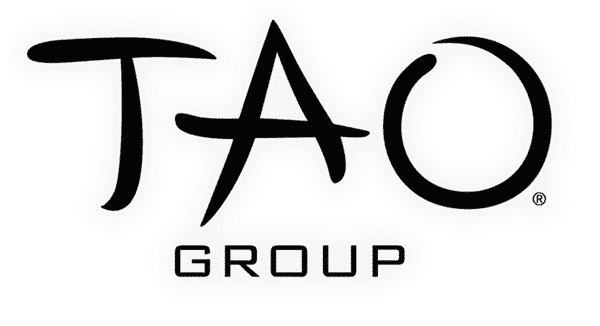Globally, people write more than 2 million blog posts every day. Your competition is incredibly fierce, and that is not even accounting for service pages. 80% of decision makers in business would prefer a series of articles to an advertisement, and the conversion rate for websites with content marketing is nearly six times higher than other websites.
When you unite these few facts, it means that you have many rivals. However, if you can market your content well, you can influence the right people and get the conversions that you need. Your content could mean a massive uptick in sales. It could also sink you. As part of our dedication to you, we want to correct a few mistakes you might be making with your content.
1. Failing to Have Your Business Strategy in Mind
Only 39% of companies have some sort of content strategy which is written down. We understand that the business world is fluid. Companies need to change in order to grow. However, you need to have a goal in mind, coupled with key performance indicators, called KPIs, to achieve the result that is best for you.
This goal needs to be part of your overall business strategy. For example, let us discuss the strategy of a company that does business to business sales for big ticket items. Their strategy might be lead-generation, because they need to have a conversation or a series of conversations to make a sale. An ecommerce retailer will want to generate sales, especially when the goods they sell are inexpensive.
Your strategy needs to be clear. You need to ask yourself who you are and whom you are selling to. Even if your goals change, you should try to understand where your profits are coming from. At that point, you will understand how to get more. Around 55% of marketers say that they do not know what marketing effectiveness looks like. This is an error many cannot afford.
2. Making Short-Term Commitments
Content marketing is not something that will yield dividends in a short period. While we cannot say that until death do you part, you should have some evergreen content. This means that you should have content which is always readable and engaging. Answering fundamental questions or writing posts that always apply is a better strategy.
Many advertising agencies and other companies want to jump on the latest wave. You may see some short-term growth. One of the worst parts about short-term growth is that it is short-term. Companies see the interest in them peter out at the same time the trend dies out. Sales go the same way.
As much as 92% of your leads and 76% of your views may come from old posts. While you should seize on trends when you can, it is important to understand that your evergreen content is just as good, if not better, than anything that came about recently.
3. Just Text
41.5% of marketers have said that their infographics saw more engagement than other forms of marketing. This makes sense. 90% of information that your brain receives is visual, and humans process images much, much faster than text.
A picture says a thousand words. The old aphorism is true when you are marketing. Having a good image breaks up the text, and makes the content easier to read. People are more likely to respond to it as well, meaning that you need to come at your readers with a multi-media approach.
4. Not Optimizing for Search Engines
Many people think that if they create good enough content, that people will come to them naturally. While word of mouth is nice, you cannot rely on it if you want to grow your business. 93% of online experiences begin with a search engine. Making Google happy should be very high on your list of priorities when you want to direct people to your website.
In order to have your content properly optimized, you need to know what keywords you want. Keyword research is a vital step in search engine marketing. Meta-tags can help direct Google, and subsequently potential clients, to your blog. Placing the right keywords in there can lead to a massive boost in who sees your blogs. Additionally, sprinkling a few keywords into the blog post itself will lead to an increase in traffic. The right words in the title and within the first 100 words can promote natural growth.
5. Writing Short Content
The average number of words you need to get on the first page of Google is 2,416. Long blog posts get 68% more tweets and 22% more likes than shorter ones. Long-form content on a home page increased one site’s conversion rate by 30%. Pandu Nayak, creator of the Pando algorithm update and technical staff member at Google, stated the following: “Users often turn to Google to answer a quick question, but research suggests that up to 10% of users’ daily information needs involve learning about a broad topic.”
When you combine these data, you will find that the longer the content is, the better it is. You should try not to sacrifice quality for length. There is no guarantee that you will make the front page when you have published your 3,000 word piece. That being said, long content performs better than short content categorically.
If you have any questions about writing content, contact Next Level Marketing today. We are a certified Google Partner, and have years of experience with digital marketing.




































